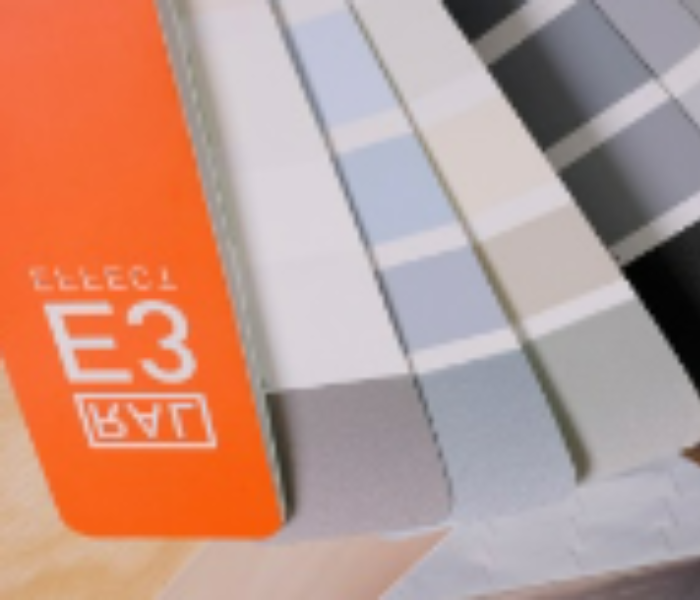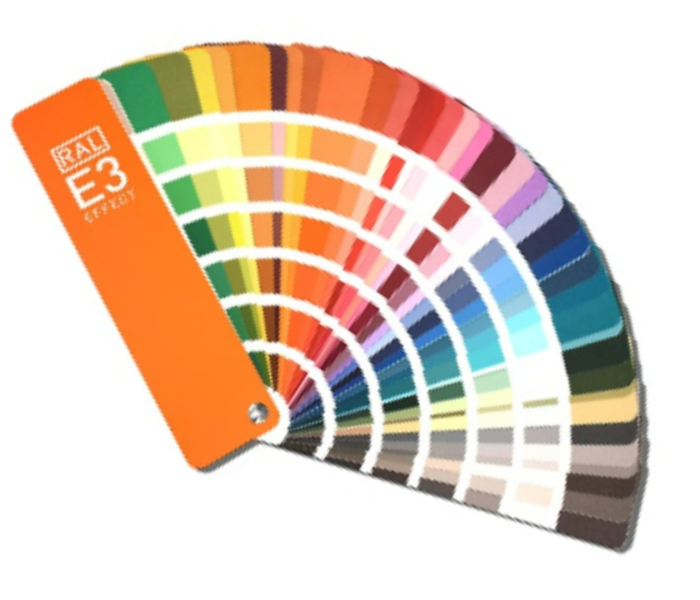RAL is an abbreviation of Reichs-Ausschuß für Lieferbedingungen und gütesicherung.
OK, it’s a bit difficult to remember, but luckily there’s no need – just stick to the acronym.
RAL is a European colour-matching system developed in 1927 by the German Imperial Committee for Delivery and Quality Assurance.

CMYK, Pantone, RGB, and RAL are four distinct colour systems. Each colour system has its own unique usage, with CMYK for print, RGB for on-screen like web, Pantone for accuracy or calibration, and RAL as a universal paint colour-matching system to ensure consistency.
What do the RAL numbers refer to?
Every shade in the RAL Classic chart is given a 4-digit code.
- The first number represents the base colour.
- The second one is always zero.
- The last two arbitrary digits indicate the final shade.
- The RAL E3 contains 490 RAL Effect colours including 420 solid and 70 metallic colours.
To prevent any confusion between colours or coding that are too similar, each code has also been given a name.
RAL 10… YELLOWS
RAL 20… ORANGES
RAL 30… REDS
RAL 40… PINKS AND PURPLES
RAL 50… BLUES
RAL 60… GREENS
RAL 70… GREYS
RAL 80… BROWNS
RAL 90… BLACKS AND WHITES

As a colour collection that is based on waterborne paint systems instead of heavy metal systems, the RAL Effect collection is designed for an eco-friendly world.
Each page of the fan deck contains 6 solid colours and a complimentary metallic colour, with the solid colours in semi-matt
and the metallic colours in high gloss. Thanks to this system, it is simple to find a metallic colour that harmonises with an overall solid colour scheme.
The RAL E3 includes many light colours that are particularly popular, ensuring that it is a practical accessory and often the only reference guide needed in our field of work.
